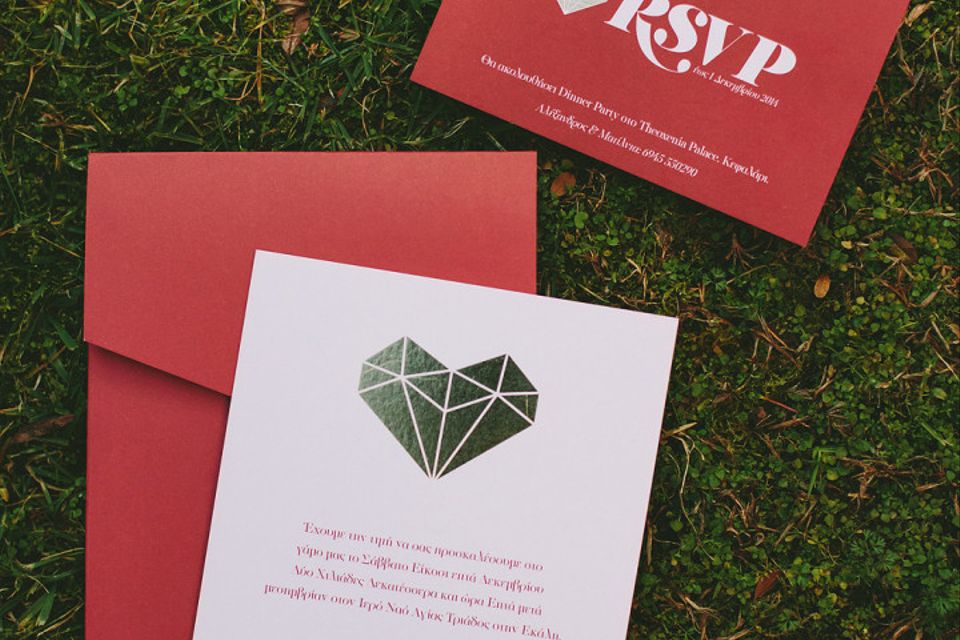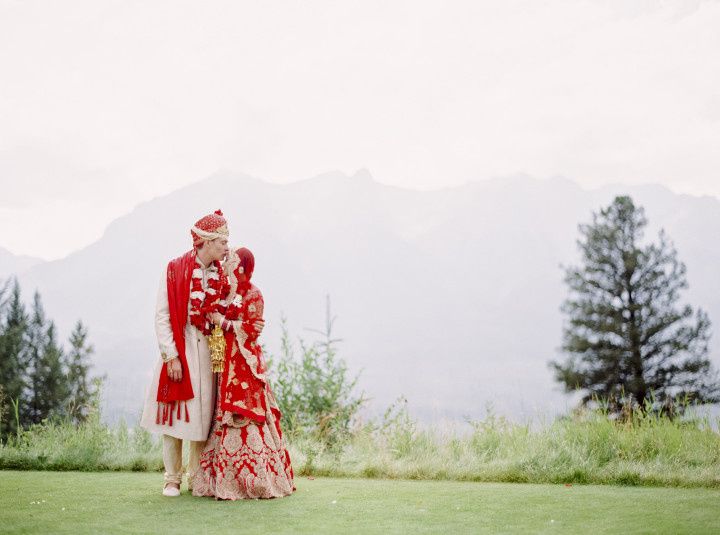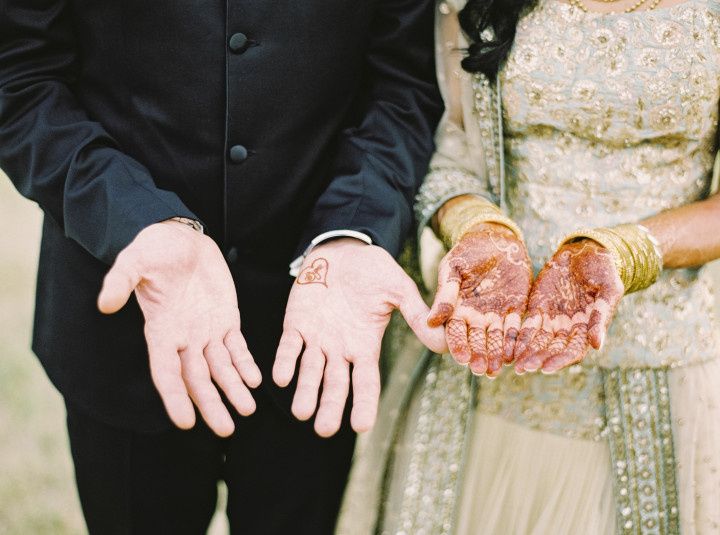6 Tips for Planning a Bilingual Wedding
The language of love may be universal, but spoken languages aren’t—which is where a bilingual wedding comes in.

Bilingual weddings are nothing new, but they’re becoming more and more common in this modern era. Our world is evolving into one big global community, which means falling for someone from another culture—or country!—is a lot more likely than it used to be. So how can you make sure all of your wedding guests understand the vows you’re sharing and feel truly included in your celebration?
We turned to planning pros for their top tips for throwing a bilingual wedding.
Print paper goods in both languages.
Set the tone for a bilingual wedding from the very beginning by printing your invitations in both languages, whether double-sided or by having two versions - one for English speakers, and the other for non-English speakers. “This is a great way to show respect to all of your guests, whether they’re local or are traveling from another country to join you,” says Caroline Gollner of Volare Planning & Design LLC in San Antonio, Texas. “Do the same with other key paper items, including programs and menus.”
Hire an interpreter.
If your guests won’t be traveling with someone who can speak both English and their native language, consider hiring someone who can help translate upon arrival. “The interpreter could greet guests at the hotel, and then attend the rehearsal and rehearsal dinner to help non-English speakers feel more comfortable with the proceedings and customs,” says JoAnn Moore of JoAnn Moore Weddings and Events in Denver, Colorado. “It will help them feel like a part of the celebration as they better understand what is going on.”
Incorporate both languages...
Whether you or your partner grew up speaking another language or you simply have family members who do, turn to that language for inspiration when it comes to readings, prayers, and toasts. “At a recent bilingual wedding, the bride’s family was Russian, so the groom learned and recited a Russian prayer,” says Moore. “The bride’s mother also offered a reading in Russian during the ceremony, bringing Russian tradition into the more American-style ceremony.”
...but don't overdo it.
It can be tempting to translate the entire evening for your non-English speaking guests, but think about how long the night will be if everything has to happen twice! “Repeating everything in both languages will make the day drag on,” says Moore. “Instead, translate key portions of your bilingual wedding, then choose select portions to have in one language or the other.”
Invite guests to participate.
“Bilingual ceremonies and toasts provide special opportunities to include close family members or friends in your celebration,” says Gollner. “Invite them to share a reading or give a toast in their native language to both give them a special role and make sure all of your guests can follow along.” If there are cultural wedding traditions that you’d like to include—such as a Chinese tea ceremony, for example - invite your guests to be a part of that moment and include explanations and readings in both languages to enhance it further.
Take it beyond language.
“There’s more to breaking the language barrier than translated words,” says Moore. “I encourage my couples to include other familiar items that will make their guests feel at home, such as including familiar foods and drinks on the menu or adding their favorite cultural treats to the welcome bag.” Serve caipirinhas to Brazilian guests, tuck madeleines in the welcome bag as a French treat, or punctuate dinner with a delicious pasta course your Italian family will adore.





